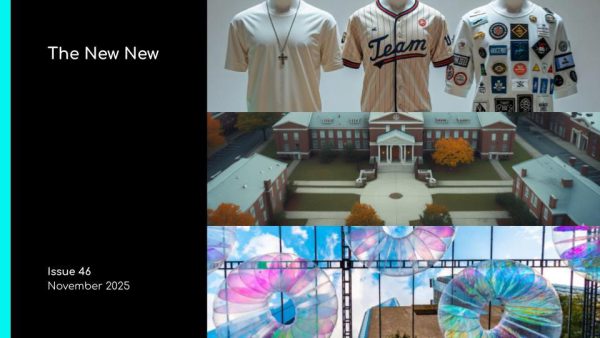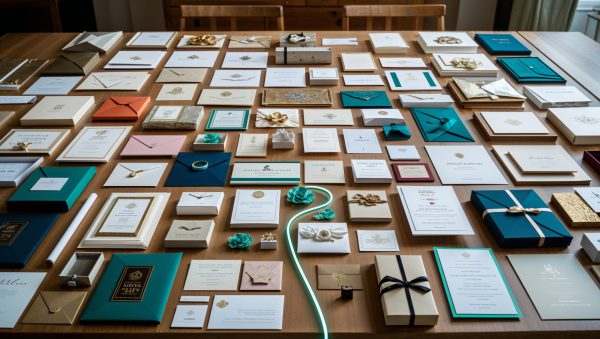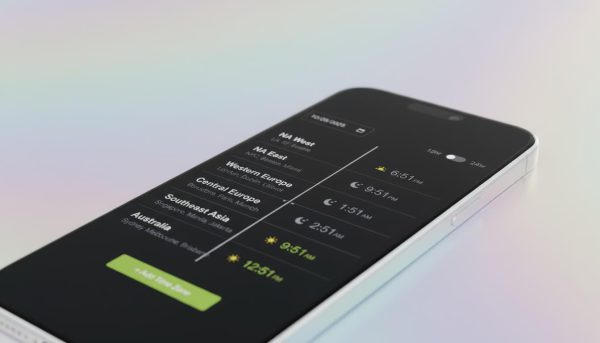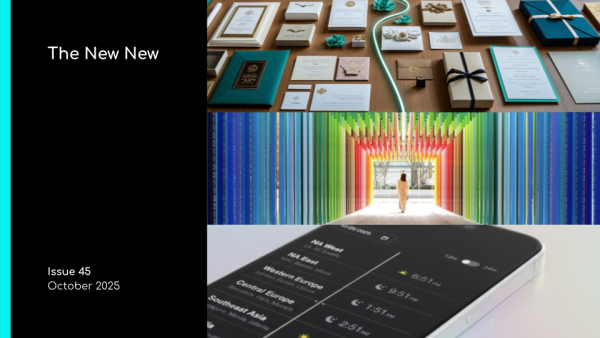Conversations are now replacing presentations at events.
Content is getting harder for event planners.

Content is getting harder for meeting planners. In the information age, attendees have a wealth of content at their fingertips. That luminary you want for the keynote? Most of your attendees have read their story or watched their TED Talk. Have a solid workshop topic in mind? There are likely podcasts on it to compete with. The next evolution in meeting content embraces dialogue that produces original, and sometimes unexpected, insights.
SXSW recently released its first wave of speakers for the 2019 festivals, including several “keynote conversations.” In fact, the event drives this format home with Hugh Forrest, chief programming officer, describing the keynotes and speakers as holding “important conversations.” Panels are widely leveraged at SXSW and conventions, a format meetings and events have embraced, but they typically require finesse in order to make sure panelists contribute equally, and that there aren’t awkward pauses or conversation dominators.
To shake up the panel format, show planners have embraced the roundtable format, a trend that has swept morning news programs like “CBS This Morning” and NBC’s “Today,” which redesigned their studios to position hosts around a table. As Variety described, in these formats the hosts “talk amongst themselves and their guests, not always to the viewer at home.” In events, attendees appreciate that refreshing (and second-screen-friendly) feeling of eavesdropping.
Elevating the panel and roundtable format are fishbowls where, in some cases, attendees are invited into the conversation. At Life@Work conference, speakers Larissa Conte of Wayfinding and Gabriel Wilson of Developmental Designs used this format and gave panelists a set amount of time to respond to questions. Attendees surrounding the group rotated into an open chair for each topic. Speakers, panelists and attendees were all “involved in a conversation.”
Then there is the staging itself that is moving away from lecterns toward something more inviting and scenic. C2 Montréal famously activates The Aquarium in the middle of the show floor, a glass encased studio where speakers are invited in for further discussion, content that is then broadcast on Facebook Live and post-show in podcasts. At the Hello Tomorrow Global Summit, plants, live music, video, lighting, animation, and special effects “create emotionally evocative thematic scenes on the summit’s three stages.”
Unexpected insights, formats and inspirational designs—it’s a conversation worth having to solve content challenges for organizers and attendees, alike.





